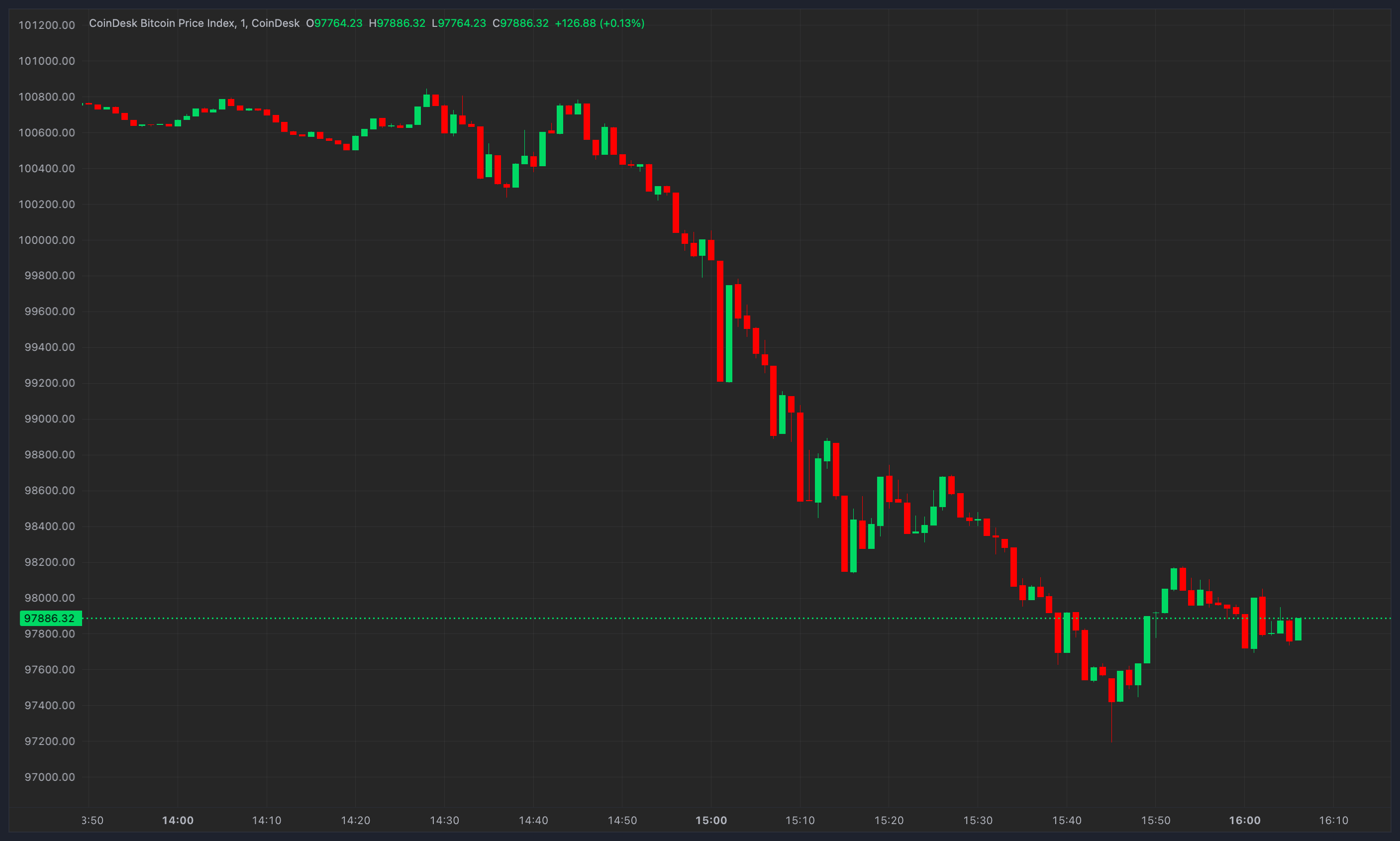This is an opinion editorial by Shinobi, a self-taught educator in the Bitcoin space and tech-oriented Bitcoin podcast host.
With the advent of the Lightning Network the notion of bitcoin as a means of exchange has been taking off in the last few years in terms of dominant narratives in this space again. Ultimately, that is a necessary component of something that is aiming to become money. Storing value is meaningless in the context of money without the ability to easily exchange it, and Lightning is the most promising tool at this point in order to truly scale the ability to do that.
Conceptually though the majority of the focus of means of exchange as a functionality has been around consumers — fulfilling the needs of your average person and their day to day needs in purchasing groceries, shopping online, paying for services, etc. This is not the only scale of exchange in an economy. Businesses pay suppliers, they have to pay for contractors or services as well, international shipping companies need to receive money from all over the world from their customers — most of which are not consumers, but businesses. Imports flow all over the world at massive scale, and need to deal with the complexity of foreign currency exchanges between many different national currencies.
Medium of exchange does not just mean people paying for their coffee, the entire function of medium of exchange happens at every level and scale of the economy for purchases of much larger value than your daily Starbucks latte.
This is where bitcoin will begin to really shine sustainably at scale as a medium of exchange, not Joe buying his coffee every day. SWIFT processes around $5 trillion dollars of payments each day, about $1.25 quadrillion dollars a year. One need look no further than numerous Russian banks being cut off from the SWIFT system to see the potential risks in relying on it in order to settle international payments. This follows a curved distribution where 5% of the overall payments processed account for 95% of the value, and the vast majority of payments are for much lower sums (the average payments being ~$400,000, and the median ~$5,000 in October 2010). So very large value payments account for the vast majority of value transferred across the network, but that remaining small percent of value is distributed across a large variety of individual actors making small payments that are still in the grand scheme not a small amount of money. This distribution actually shows why SWIFT is ripe for disruption by Bitcoin in that latter category.
As I brought up in this article in March discussing this same topic in the context of explicit sanctions evasion, the key limiting factor of using Bitcoin to process conventional payments denominated in fiat currencies is liquidity. I broke down how even if 100% of the mining hashrate in Iran, which is 5% of the network, was completely owned by the government and they were retaining 100% of the proceeds, they could acquire $700 million dollars worth of Bitcoin a year to pay for imports. That is in the grand scheme not really much. Iran imported $38 billion dollars of goods in 2020 — $700 million dollars is just a fraction of that.
This dynamic changes when you start to consider a country with a thriving fiat market for Bitcoin. The situation with Iran was them considering burning oil in place of being able to export it directly for sale, and using Bitcoin mining to fill that gap. The problem is that it is limited by how much mining hardware they can get their hands on. Consider a country that is not so heavily sanctioned, but potentially at risk of it, that can still export things and has a thriving Bitcoin/fiat market with a volume of ~10 million dollars a day. If people from across the world were willing to pay for exports from that country with Bitcoin, there is a 10 million dollar a day market that could convert that into fiat every day. That’s potentially 10 million dollars of money coming into…
Read More: bitcoinmagazine.com









 Bitcoin
Bitcoin  Ethereum
Ethereum  Tether
Tether  XRP
XRP  Solana
Solana  Dogecoin
Dogecoin  USDC
USDC  Cardano
Cardano  Lido Staked Ether
Lido Staked Ether  TRON
TRON  Avalanche
Avalanche  Sui
Sui  Wrapped stETH
Wrapped stETH  Toncoin
Toncoin  Chainlink
Chainlink  Shiba Inu
Shiba Inu  Stellar
Stellar  Wrapped Bitcoin
Wrapped Bitcoin  Hedera
Hedera  Polkadot
Polkadot  WETH
WETH  Bitcoin Cash
Bitcoin Cash  LEO Token
LEO Token  Uniswap
Uniswap  Pepe
Pepe  Litecoin
Litecoin  Hyperliquid
Hyperliquid  Wrapped eETH
Wrapped eETH  NEAR Protocol
NEAR Protocol  Ethena USDe
Ethena USDe  USDS
USDS  Aptos
Aptos  Internet Computer
Internet Computer  Aave
Aave  Mantle
Mantle  Render
Render  Bittensor
Bittensor  Cronos
Cronos  POL (ex-MATIC)
POL (ex-MATIC)  Ethereum Classic
Ethereum Classic  Tokenize Xchange
Tokenize Xchange  WhiteBIT Coin
WhiteBIT Coin  Artificial Superintelligence Alliance
Artificial Superintelligence Alliance  Virtuals Protocol
Virtuals Protocol  MANTRA
MANTRA  Monero
Monero  Arbitrum
Arbitrum